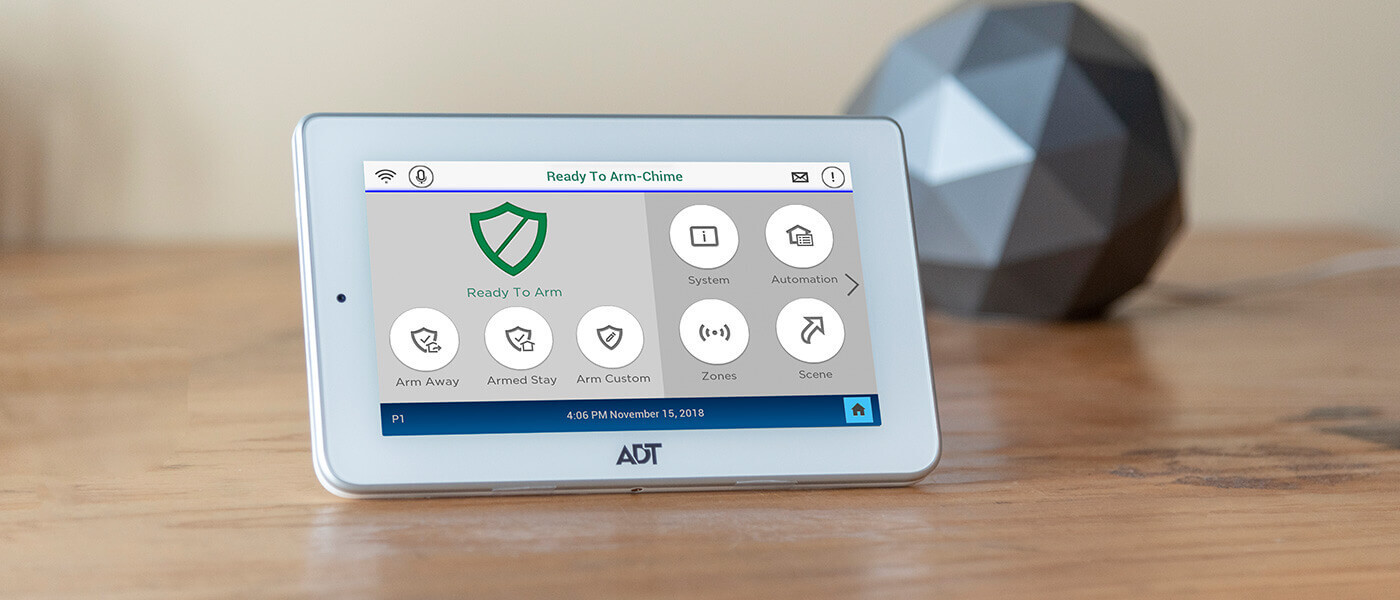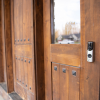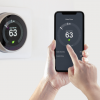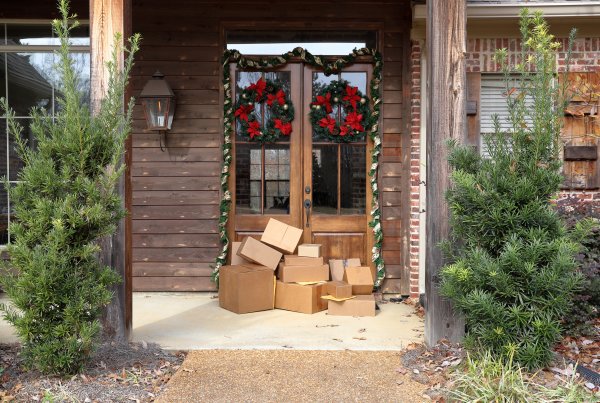
Security at your fingertips…what do we mean by that title? Actually, we mean literally that, keeping in mind security when using your fingers to type in passwords and PIN codes, whether on the payment machine at the grocery store or the keypad for your home entry system.
Passwords and PIN codes and usernames, oh my!
I can still remember way back when before smart phones, when you remembered people’s phone numbers and that’s how you called them: You dialed in the number, unlike today where we find their names on a contact list and tap “call.” But the phone numbers were easy to remember, because those were the only numbers we had to memorize!
Not so today, because today we have replaced memorizing phone numbers with memorizing passwords, personal identification number (PIN) codes, passcodes and more. Consider all things you do that require some kind of identifier in order for you to use them: social media sites like Facebook and Twitter, online banking, checking email, any time you use your debit card, unlocking your car door, validating that credit card that just came in the mail, filing taxes online, buying something on Amazon.com, and on and on. Heck, I even have a username and password just to log in and check the monthly usage of my cell phone!
Keep the private private
Now, keeping all of your passwords and PIN codes straight (in addition to all of your usernames too) is a task in and of itself. But there’s another aspect to this: keeping them safe as well. Your passwords and codes don’t keep you safe at all if they get compromised. And they get compromised usually because we the users are careless in our creation of them and/or our use of them.
Keeping passwords protected really is not that hard. It just takes a little bit of effort, commonsense, and perhaps developing a habit of vigilance. Norton offers great advice on keeping passwords safe while online, including an easy-to-use formula for creating a unique yet memorable password that will differ for each website you need to log into. Also check out the commonsense six tips offered by USA Today, for really simple things you can do to be safe.
Note: If you want help coming up with a fool proof password, thebestvpn offers a very cool password generator to keep hackers on their toes.
Admittedly, being safe can also lead to a long list of passwords and PIN codes. If you have a lot of different passwords, you can keep track of them by typing them into a Word document and protecting that document with a password. Then you only need to remember one!
Stay aware of the new ways to steal information
In addition to creating hard-to-crack passwords and guarding (and using) them wisely, also be aware that there are people constantly on the lookout for new ways to steal your identifying codes. For example, now it’s possible to use an infrared camera attached to an iPhone to take a thermal picture of the numbers you pushed while using your debit card, as this video explains. This same technology can be used on any rubber or plastic keypad, including door entry systems. Imagine locking your front door as you leave your house, and leaving behind the PIN code for someone to take a picture of and use to enter your home, simply by leaving behind a heat impression from your fingertips.
This might all seem like commonsense advice that everyone should be following, but sadly lots of us make it easy to have our passwords and PIN codes compromised by not taking the time to make it hard to do. According to the video about the infrared cameras being used to steal PIN codes, an astounding 11% of the population uses the password 12345. And according to the Norton article, the top 10 common passwords created by Internet users include the infamous 12345 as well as password, qwerty and 111111.
Obviously, we have some room for improvement when it comes to the security that’s at our fingertips!









